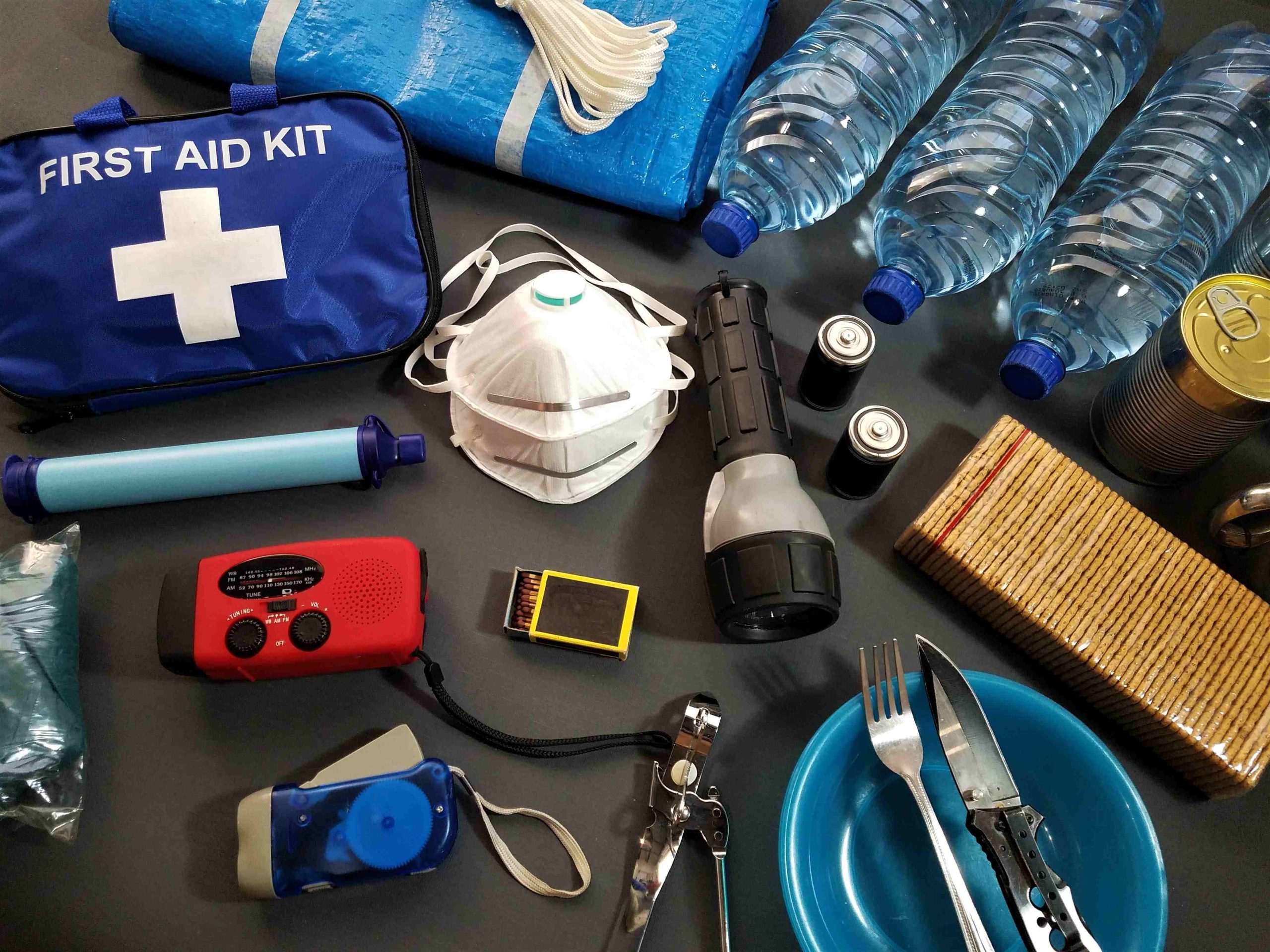
Are Your Preschoolers Prepared for a Fire Drill? How to Ensure Your Preschoolers are Prepared for Emergencies
As a parent, one of your most important responsibilities is ensuring the safety of your preschooler. Preschoolers at this age are curious and active but also vulnerable to accidents and emergencies. Among the most critical preparedness measures are fire drills. They are an essential way to prepare your child for emergencies that can occur at any time. As a parent, you must ensure your preschooler is adequately prepared for fire drills and other emergencies.
Importance of Fire Drills for Preschoolers
Fire drills aren’t just routine; they’re critical for ensuring your preschooler’s safety. They help preschoolers understand what to do in an emergency, reducing their anxiety and helping them remain calm. Participating in a fire drill familiarizes preschoolers with the fire alarm sound, emergency exits, and evacuation process. Moreover, fire drills teach essential life skills like listening to instructions, following rules, and collaborating with others. These skills apply to other emergencies such as earthquakes, floods, or severe weather conditions. Fire drills teach your preschooler emergency preparedness and the importance of taking action during a crisis.
Tips to Prepare Your Preschooler for a Fire Drill
While fire drills are essential, they can overwhelm preschoolers. To ensure your preschooler is adequately prepared, follow these tips:
a. Explain the Purpose of a Fire Drill: Before the drill, explain to your preschooler what a fire drill is and why it’s essential. Use age-appropriate language to help them understand the importance of staying calm and following instructions during the drill.
b. Discuss the Plan: Talk about the fire drill plan with your preschooler. Explain the different evacuation routes and where to meet up with you or their teacher after the drill. Keep the discussion non-threatening and fun to avoid frightening your child.
c. Practice at Home: Practice fire drills at home to make your preschooler feel more comfortable. Make it enjoyable by timing their evacuation or having them practice crawling low under “smoke.”
d. Familiarize with the Fire Alarm: Show your preschooler what a fire alarm looks and sounds like. Emphasize the importance of listening to the alarm and following evacuation procedures.
e. Reassure Them: Reassure your preschooler that fire drills are just practice, and there’s no need to be afraid. Stress that fire drills keep them safe, and you or their teacher will always be there to help during an emergency.
Preparing for Other Emergencies
While fire drills are crucial, preschoolers should also be ready for other emergencies like earthquakes, floods, or severe weather. Here are tips to prepare them:
a. Develop an Emergency Plan: Create an emergency plan with your preschooler outlining steps to take, emergency contacts, and where to meet up after.
b. Teach Them Basic First Aid: Teach basic first aid like stopping bleeding, applying a bandage, and calling for help.
c. Practice Evacuation Procedures: Practice evacuating for other emergencies like earthquakes or severe weather to help them stay calm and follow instructions.
d. Prepare an Emergency Kit: Have an emergency kit with water, food, a first aid kit, and a flashlight, and ensure your preschooler knows where to find it.
e. Teach Them About 911: Educate them on the importance of calling 911 and how to provide necessary information to the dispatcher.
Ensuring your preschooler is prepared for emergencies like fire drills and natural disasters is crucial for their safety. As a parent, it’s your responsibility to help them understand emergency preparedness and take necessary steps to prepare. By following these tips, you can help your preschooler feel more comfortable and confident during emergencies.
Effective Communication About Emergencies
It’s essential to discuss emergencies with your preschooler in an age-appropriate and informative way. Here’s how:
Start by explaining what an emergency is, why it’s important to be prepared, and avoid using alarming language. Use examples they can relate to, like getting lost or needing help when sick.
Answer their questions honestly, but keep it simple. Use visual aids like books or videos to help them understand and reassure them that adults will be there to help.
Encourage questions, discuss feelings, and practice emergency drills to boost their confidence.
The Significance of Emergency Contacts
Emergency contacts are crucial for your preschooler’s safety. Include trusted family or friends with necessary information like your child’s name, birthdate, and medical conditions. Keep the list updated and accessible, teaching your preschooler how to use it in case of an emergency.
Identifying and Preventing Emergencies in the Home
Identify hazards at home and take steps to prevent accidents. Childproof your home, install smoke and carbon monoxide detectors, teach fire safety, and have a first aid kit. Create an emergency plan, practice drills, and ensure pet safety. By addressing potential hazards, you can keep your preschooler safe at home.
Post-Emergency Protocol
After an emergency, ensure everyone’s safety, reassure your preschooler, seek medical attention if needed, and contact emergency contacts. Document damages, seek emotional support if necessary, and review and update your emergency plan. By taking these steps, you can ensure your preschooler’s safety and well-being after an emergency.


